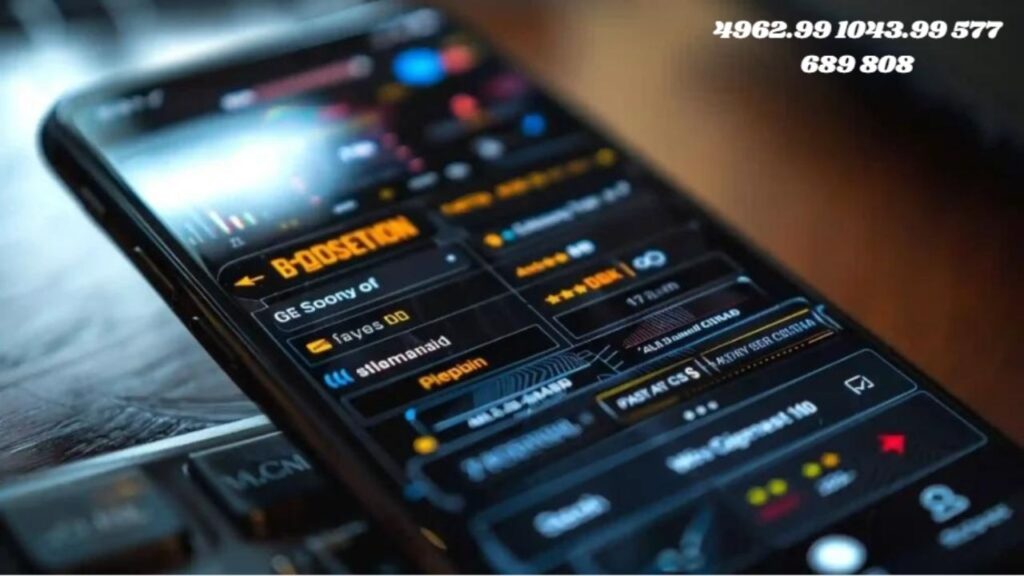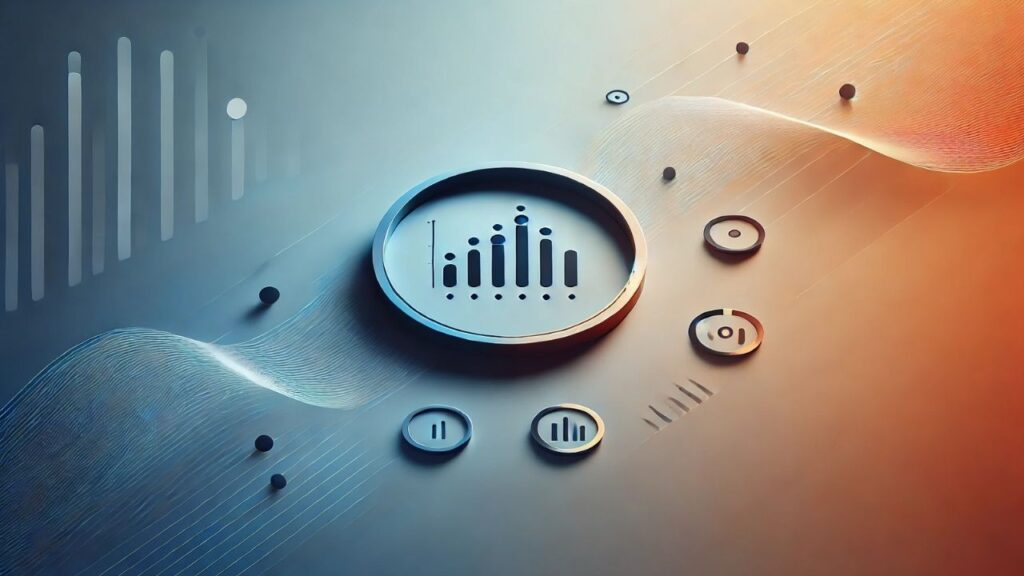Dive into a comprehensive exploration of the mysterious sequence “4962.99 1043.99 577 689 808,” uncovering its meaning, insights, and implications for the future.
Table of Contents
Introduction
The sequence “4962.99 1043.99 577 689 808” may appear to be a random set of numbers, but it could hold a wealth of meaning waiting to be discovered. What do these numbers represent? Could they be linked to trends, patterns, or phenomena that could shape the future of data analytics, financial systems, or digital encryption? In this post, we’ll delve deep into the mysteries behind this sequence, uncovering possible meanings and implications for various industries. Along the way, we’ll explore how numbers like these could be shaping the future in unexpected ways.
Ready to unlock the potential hidden in this sequence? Keep reading as we break it down.
The Mystery Behind the Numbers

Numbers often carry more meaning than meets the eye. They could represent anything from financial statistics to encrypted codes, or they might be part of a mathematical model or data set. To start our investigation into “4962.99 1043.99 577 689 808,” let’s first analyze what each number might signify in various contexts.
Breaking Down the Sequence
- 4962.99: Could this represent a financial value? In economic contexts, such numbers are often linked to financial data, stock market values, or transactional records.
- 1043.99: Another numerical value, but what could it represent in relation to the previous number? Could it be a sum, an average, or a complementary figure?
- 577, 689, and 808: These smaller numbers might indicate codes, serial numbers, or perhaps even population statistics or data analytics trends. When paired together, they might reflect a series or pattern relevant in computational fields.
Key Insights and Patterns
Understanding Context in Number Sequences
When looking at numbers like these, it’s crucial to understand the context. For example, in financial markets, decimal numbers like “4962.99” and “1043.99” might represent prices or values of certain stocks or commodities. When placed in the context of historical market data, these numbers could show trends, volatility, or growth patterns.
For data analytics, sequences like these are often seen in model outputs, representing complex algorithms used to predict trends, customer behaviors, or even risk factors in insurance or banking.
Secondary Keywords: financial analysis, data patterns, algorithms, trend prediction, market growth.
Real-World Applications
Let’s explore potential real-world applications for this sequence. For instance, if these numbers were part of a data set in the insurance sector, they might represent a risk score or premium calculation. In the tech world, these numbers could be outputs from a machine-learning model, helping predict outcomes based on prior data.
Best Practices for Analyzing Numerical Data

When dealing with number sequences, whether in financial analysis, data science, or cryptography, several best practices can help enhance clarity and understanding:
- Contextualize the Data: Numbers without context are just numbers. Understanding where they come from, and their relevance is critical to deriving meaning.
- Use Statistical Tools: For larger sequences or more complex analyses, leverage tools like Python, R, or financial software to model and visualize the data.
- Cross-Reference with Other Data: Don’t look at numbers in isolation. Comparing them to other datasets or sequences can reveal trends or patterns not immediately apparent.
Actionable Steps
- Step 1: Identify the context—financial, data analysis, or cryptographic systems.
- Step 2: Apply statistical tools or models to better understand the sequence.
- Step 3: Test different interpretations by comparing to known datasets or industry benchmarks.
Common Mistakes in Numerical Interpretation
Even experts can fall into traps when interpreting data sequences. Here are some common mistakes and how to avoid them:
- Ignoring Context: Without proper context, it’s easy to misinterpret the meaning behind numbers.
- Overfitting Models: In data analysis, overfitting can lead to incorrect assumptions about what the numbers represent.
- Overgeneralizing: Not all numbers follow the same patterns. Avoid assuming that one data sequence will follow the same rules as another.
Expert Insights and Future Trends
As the world becomes increasingly data-driven, the importance of number sequences like “4962.99 1043.99 577 689 808” will only grow. In the future, such sequences might not only be used for financial forecasting but could also have applications in AI-driven predictive models, blockchain technology, or even quantum computing.
Experts predict that sequences like these will be crucial in refining algorithms used in autonomous systems, fraud detection, and personalized marketing. The ability to accurately interpret and analyze such sequences will be a key differentiator for companies looking to stay ahead in the age of big data.

Conclusion: What’s Next for “4962.99 1043.99 577 689 808”?
In summary, while “4962.99 1043.99 577 689 808” might appear as just a set of numbers, its potential applications span across industries—from financial markets to tech-driven data analysis. By understanding its context and utilizing the right tools, these numbers can provide critical insights that may shape future trends.
Want to dive deeper into number analysis? Explore our resources on data science and financial modeling to unlock more hidden patterns.
FAQ Section
What does the sequence “4962.99 1043.99 577 689 808” represent?
This sequence could represent anything from financial data to outputs from predictive algorithms. The exact meaning depends on its context.
Can number sequences like these predict trends?
Yes, in fields like financial analysis and data science, number sequences are often used to predict trends or patterns.
How do I analyze similar sequences?
To analyze such sequences, it’s essential to understand their context, use statistical tools, and compare them to related datasets.
Why are numbers so important in data analytics?
Numbers provide the foundation for understanding patterns, trends, and correlations in data, making them critical for decision-making.
Where are number sequences most commonly used?
They are commonly used in finance, data science, cryptography, and machine learning to model predictions and trends.
